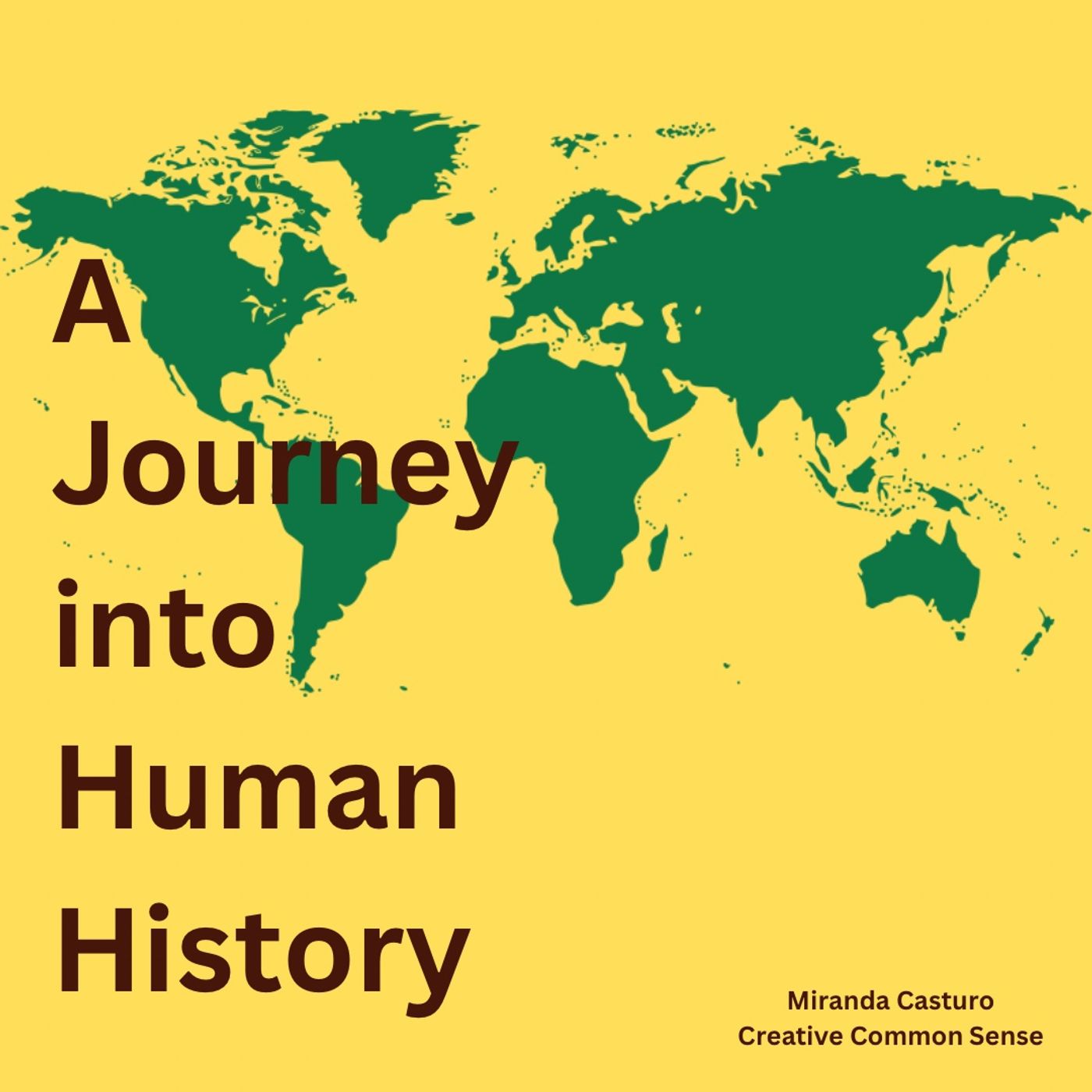Border States: Sogdiana, Korea, and Japan
Description
Sogdiana was vital to the operation of the Silk Roads beginning in the fourth century CE. Over the course of some four hundred years, Sogdian city-states like Samarkand and Panjikent grew into key markets, and Sogdian trading communities were established in China. At its height, Sogdiana was the wealthiest region in central Asia.
Like many other states in East Asia, Korea was greatly influenced by Chinese civilization. Korean students were educated in Confucian schools, and Korean culture took on the patriarchal character and traditions favored by Confucianism. China’s meritocratic civil service system was incorporated into Korea’s bureaucratic state system, and the Korean capital built by the Silla dynasty at Geumseong was modeled on the Tang capital at Chang’an.
China likewise influesnced ancient Japan, though less directly. In the sixth and seventh centuries, countless Korean artisans and craftspeople emigrated to Japan, where their knowledge was put to use. Foreign relations with Korea introduced Buddhism to Japan in the sixth century, and Japanese contact with China brought Confucianism to the island chain, as well as Chinese-influenced written language. Still, unique cultural traditions emerged in Japan, from Shintoism and the development of obscure forms of Buddhism to the institutions of insei, the samurai, and the shogun.
All images referenced in this podcast can be found at https://openstax.org/books/world-history-volume-1/pages/12-3-border-states-sogdiana-korea-and-japan
Welcome to A Journey into Human History.
This podcast will attempt to tell the whole human story.
The content contained in this podcast was produced by OpenStax and is licensed under a Creative Commons Attribution License.
Access for free at https://openstax.org/books/world-history-volume-1/pages/1-introduction
Podcast produced by Miranda Casturo as a Creative Common Sense production.
More Episodes
Over the course of the eighteenth century, a series of famines and economic crises deepened wealth inequality and narrowed access to political power on both sides of the Atlantic. As the growing influence of the public sphere and Enlightenment ideas of equality and liberty shaped opposition to...
Published 12/25/23
Published 12/25/23
Over the course of the seventeenth and eighteenth centuries, the public sphere became an increasingly important component in the spread and development of Enlightenment ideas. As networks of informal socialization and intellectual exchange, coffeehouses provided a setting in which people from all...
Published 12/22/23


